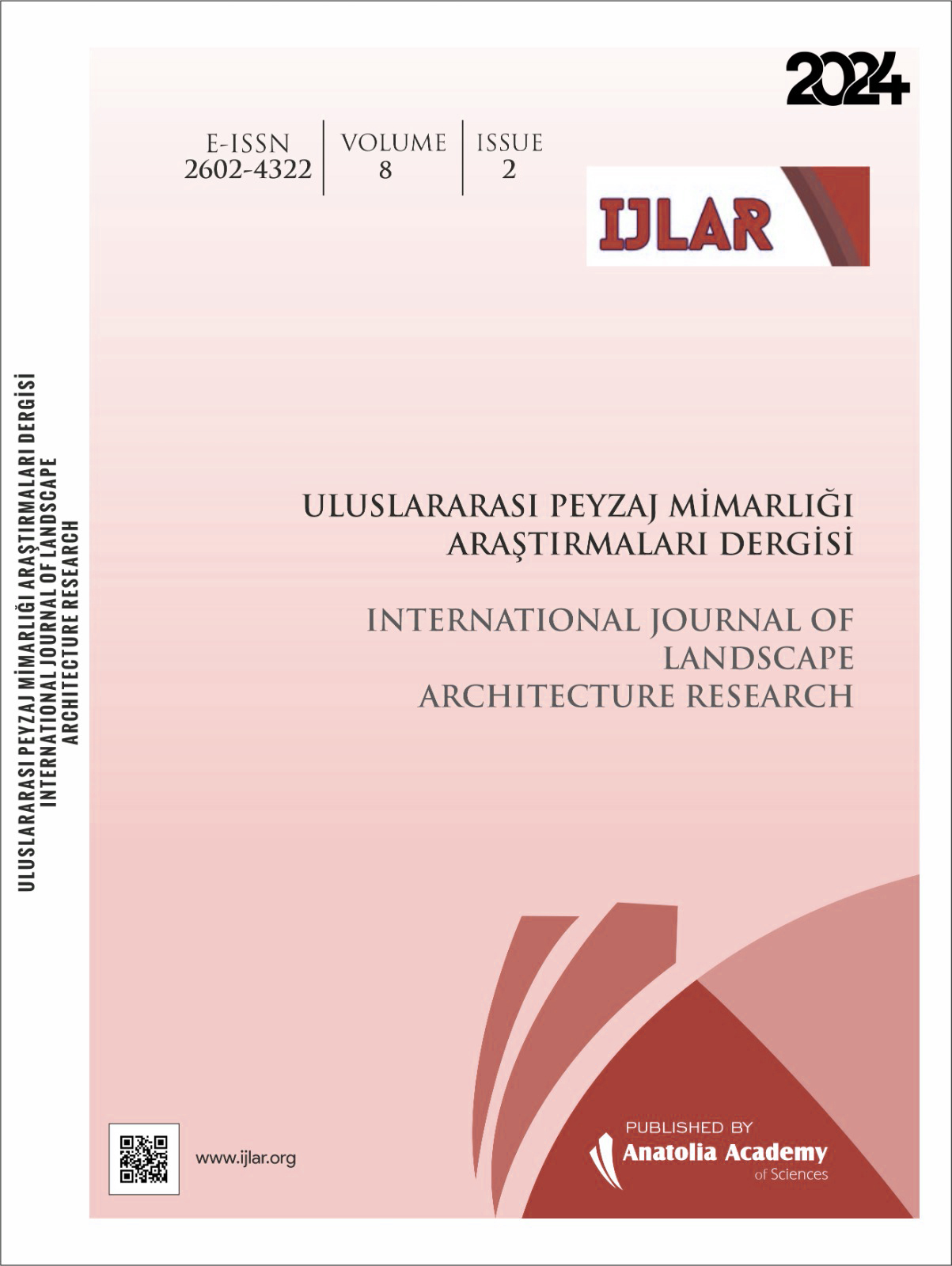DETERMINATION OF THE IMPORTANCE OF GREEN AREAS IN DISASTER MANAGEMENT AND SUGGESTIONS FOR PLANNING
Keywords:
Green infrastructure, Landscape architecture, Ecosystem services, Risk, Destruction, Ornamental plantsAbstract
Disasters occur when natural events affect humans and the built environment. After the Industrial Revolution, the urban population increased suddenly and rapidly. Urban areas with the densest population are the places most affected by disasters. Post-disaster destruction is commonly evaluated in terms of the built environment. The damage to the green areas and vegetation in the urban areas after the disaster is neglected. After disasters such as floods, erosion, fire, cyclones, or earthquakes, serious changes and losses are experienced in vegetation cover. Green areas, which have very important roles in reducing the risk and damage of disasters, are used as emergency assembly areas or temporary shelter areas after disasters. In this study, the destruction of vegetation after disasters and its effects on disasters are analyzed through case studies. In this direction, suggestions are made for planning and designing green infrastructure that is more resistant to natural disasters in the renewal process of urban areas. The study aims to reveal the importance of green areas and vegetation at each phase of disaster management.




